Flexor digitorum profundus muscle
What is Flexor digitorum profundus muscle?
The fusiform muscle known as the flexor digitorum profundus can be found deep within the forearm’s anterior (flexor) compartment. It makes up the deep flexor portion of the forearm, along with the pronator quadratus and flexor pollicis longus muscles.
This muscle runs from the ulna’s proximal end to the distal phalanges of the second through fifth digits. The flexion of the fingers at the metacarpophalangeal and interphalangeal joints is its primary function. However, it also facilitates wrist flexion of the hand.
Origin of Flexor digitorum profundus muscle
The upper three-fourths of the ulna shaft’s anterior and medial surfaces.
the olecranon’s medial surface and the ulna’s coronoid processes
adjacent to half of the interosseous membrane’s anterior surface.
Insertion
For the medial four digits, the muscle forms four tendons that enter the palm through the ulnar bursa and digital synovial sheaths of the flexor retinaculum, also known as carpal tunnel.
The tendon perforates the tendon of the flexor digitorum superficialis, which is opposite the digit’s proximal phalanx. The palmar surface of the base of the distal phalanx of digits 2 through 5 is where each tendon is inserted.
Relations
The forearm flexor compartment’s medial portion houses the flexor digitorum profundus. Along its entire length, it can be found deep within the flexor digitorum superficialis muscle. The middle nerve runs parallel to the first surface of the muscle in the lower arm.
Additionally, the tendons of the flexor digitorum profundus are deeper than the tendons of the flexor digitorum superficialis. Each of the four tendons travels through the space bounded by the terminal slips of the flexor digitorum superficialis on their way to the digits’ distal phalanges. The deep surfaces of the flexor digitorum profundus tendons are where the lumbrical muscles of the hand attach.
Innervation
The profundus flexor digitorum has two innervations;
The ulnar nerve (C8-T1) innervates the muscle’s medial portion, which inserts into the fourth and fifth digits, while the median nerve (via the anterior interosseous branch) innervates the lateral portion, which inserts into the second and third digits.
Blood supply
Flexor digitorum profundus is provided by the mediocre ulnar security and ulnar repetitive corridors at its starting point. The ulnar artery or its branch supplies the superior portion of the muscle belly; the artery that runs through all bones. The branches of the median, ulnar, and anterior interosseous arteries vascularize the remainder of the muscle.
Function of Flexor digitorum profundus muscle
The flexor digitorum profundus muscle is a strong flexor of the fingers. It causes flexion of the digits 2 to 5 at the metacarpophalangeal and interphalangeal joints as it pulls the distal phalanges toward the hand. The muscle can perform this action on its own, but most of the time, it does so in conjunction with the lumbricals, flexor digitorum superficialis, and flexor digiti minimi brevis muscles.
This muscle helps the flexor carpi ulnaris, flexor carpi radialis, palmaris longus, flexor digitorum superficialis, and flexor pollicis longus muscles flex the hand at the wrist joint, making it an accessory wrist flexor.
For establishing and maintaining a firm grip on the hand, the actions of the flexor digitorum profundus are crucial.
Clinical relevance
Lumbrical plus finger: When the flexor digitorum profundus tendon distally to the lumbrical origin is ruptured or amputated, it causes the interphalangeal joints to paradoxically extend when trying to flex the finger.
Quadrigia: Because the tendons of the flexor digitorum profundus that connect the fifth, fourth, and third fingers share a muscle belly, if they are connected to the separate tendon that connects them to the index finger, the tendons may not be able to move independently. This could result in the patient’s weak grasp and inability to make a full fist. Quadrigia is the name given to this condition. This could occur as a result of flexor digitorum profundus (FDP) adhesion or scarring following repair and rupture.
Jersey finger: Jersey’s finger is a condition in which there is no active flexion of the distal interphalangeal joint as a result of a rupture of the flexor digitorum profundus tendon at the base of the distal phalanx. Jersey’s finger is a zone 1 flexor tendon injury that affects the ring finger in 75% of cases. This is because the belly of the flexor digitorum profundus (FDP) muscle is at its maximum contraction when the distal interphalangeal joint is extended forcefully.
Anterior interosseous nerve (AIN) injury: The forearm is supplied with three muscles by AIN: the lateral half of the flexor digitorum profundus (FDP), the pronator quadratus (PQ), and the flexor pollicis longus (FPL). The patient will not be able to play out an alright sign with the thumb or a positive Squeeze Hold test (Froments sign) because of loss of motion of the flexor pollicis longus and the flexor digitorum profundus muscles to flex the Plunge joint.
Compartment syndrome of the forearm: Following supracondylar, ulnar, or radius fractures, compartment syndrome can be relieved through the Fasciotomy procedure, which requires the release of both the superficial and deep volar compartments.
Ulnar claw hand deformity: At wrist level, there is a distal injury to the ulnar nerve that causes the MCP joints to hyperextend and the IP joints of the ring and little finger to flex.
Assessment
OK, sign: Because it requires flexion of the index finger’s DIP joint (flexor digitorum profundus) and the thumb’s interphalangeal joint (flexor pollicis longus), injuries to the anterior interosseous nerve make recovery difficult.
Due to the involvement of AIN, the inability of the fourth and third fingers to flex at the MCP and IP joints are a sign of Benediction.
Froment’s sign: Examine for ulnar nerve palsy, which could be caused by a blockage in the cubital tunnel. The pinch test, or Froment’s sign, is positive because the ulnar nerve supplies the medial half of flexor digitorum profundus (FDP).
Mass hand gripping strength: A dynamometer (handgrip ergometer) can be used to measure hand gripping strength because flexor digitorum profundus (FDP) is the primary muscle for gripping power.
Treatment
The flexor digitorum profundus is the super-holding muscle. Therefore, any injury that results in weakness or a decrease in the hand’s prehensive and precisive function—such as an injury to the ulnar nerve, an AIN, or a tendon—should concentrate on strengthening the flexor digitorum profundus (FDP). An exercise plan should be prescribed based on the injury’s cause, assessment results, and patient-centered goals.
FAQ
What link exists between FDP and FPL?
When the interphalangeal joint (IPJ) of the thumb is flexed, the flexor pollicis longus (FPL) sends a connecting tendon to the flexor digitorum profundus (FDP), resulting in simultaneous flexion at the distal interphalangeal joint (DIPJ) of the index finger.
Which nerve in the flexor digitorum profundus has been damaged?
A benediction hand is caused by a disruption of the flexor digitorum profundus muscle, which is innervated laterally by the median nerve. The back interosseous nerve, the profound part of the spiral nerve, is a simple engine nerve. It strengthens the extensor muscles of the thumb, index finger, wrist, and hand.
Can the flexor digitorum profundus be palpated?
Apply pressure to the sides of each finger to stabilize it. Palpate the anterior surface of the distal phalanx while the patient is relaxed. Guide the patient to on the other hand flex and loosen up the finger, particularly the distal interphalangeal joint. During the flexion motion, palpate the tendon.
How is the flexor digitorum profundus released?
With your palm facing down, extend one arm in front of you. Pull with the palm of your other hand so that it faces away from your body. The stretch will be more pronounced if you bring your fingers back. Release after about 30 seconds.
Is PIP or dip the flexor digitorum profundus?
At the metacarpophalangeal (MCP) and proximal interphalangeal (PIP) joints, the flexor digitorum profundus (FDP) is the primary flexor of the finger. The distal interphalangeal (DIP) joint’s sole flexor tends to rupture at its insertion on the distal phalanx.

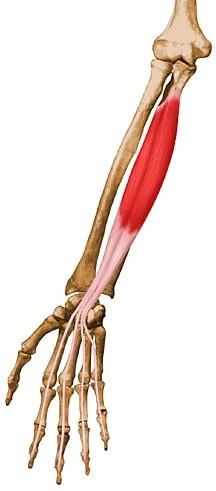
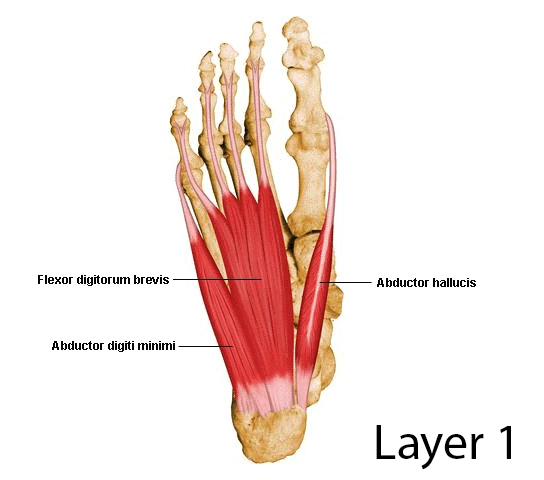
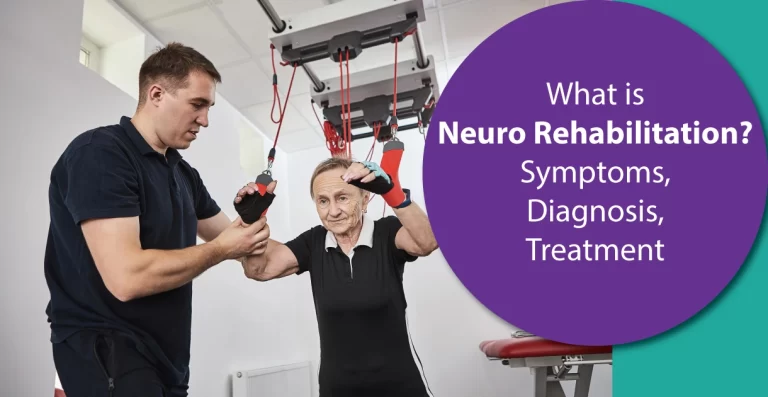

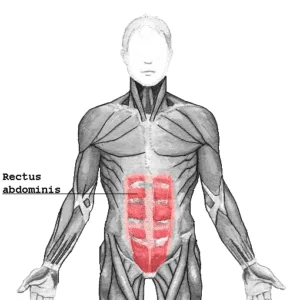
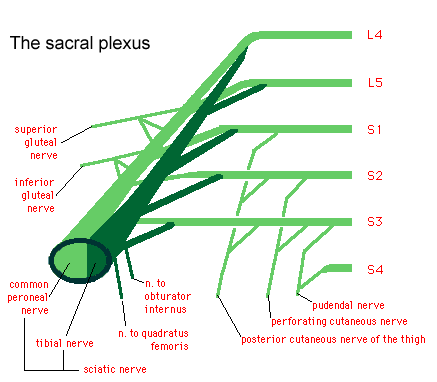
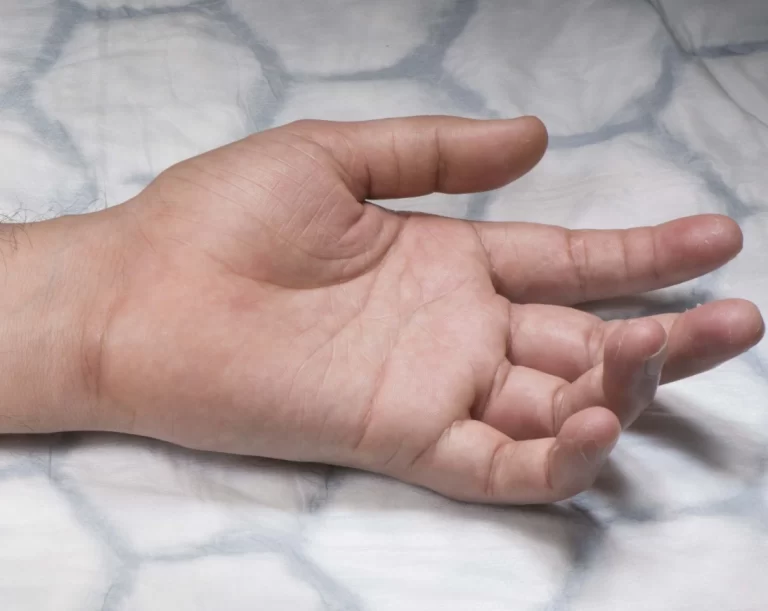
7 Comments